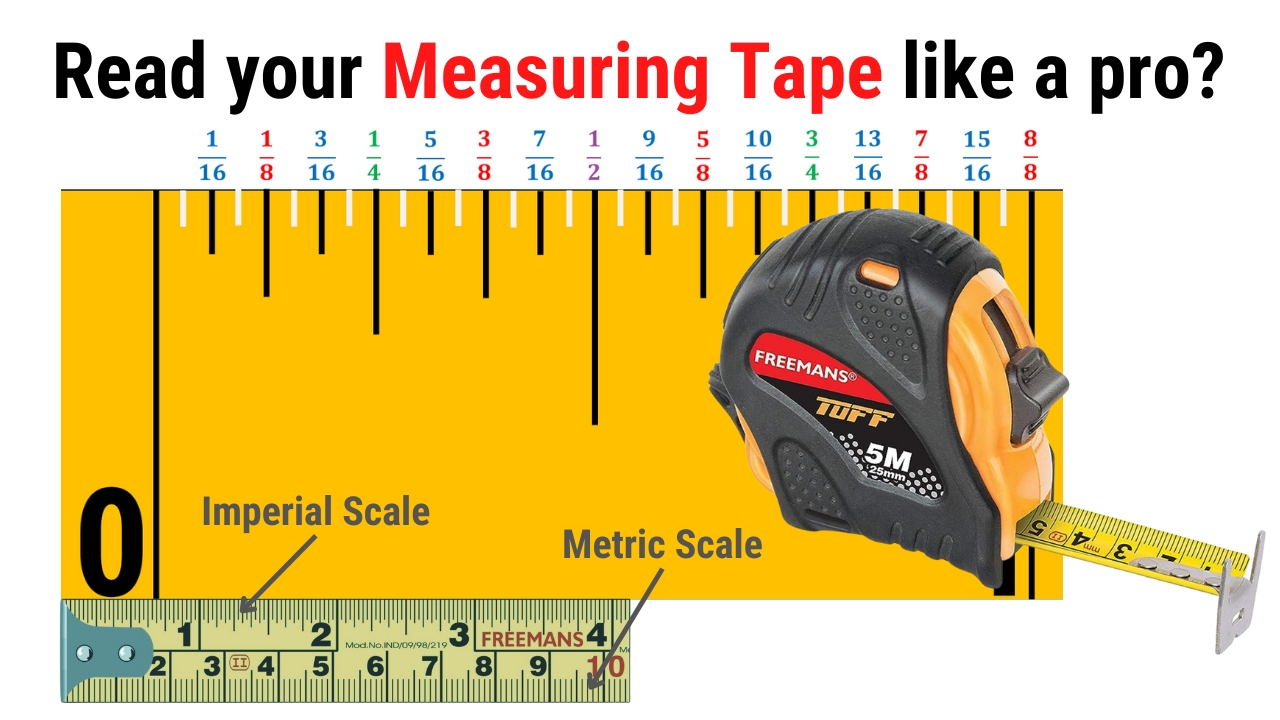Accurate measurements are essential for any successful project, whether you’re constructing a building, crafting furniture, or handling smaller DIY tasks. However, many people struggle to interpret the markings on a measuring tape.
In this guide, we’ll break down the markings and features of a measuring tape. Whether you use metric or imperial systems, you’ll learn how to achieve precise measurements every time.
Understanding the Basics of a Measuring Tape
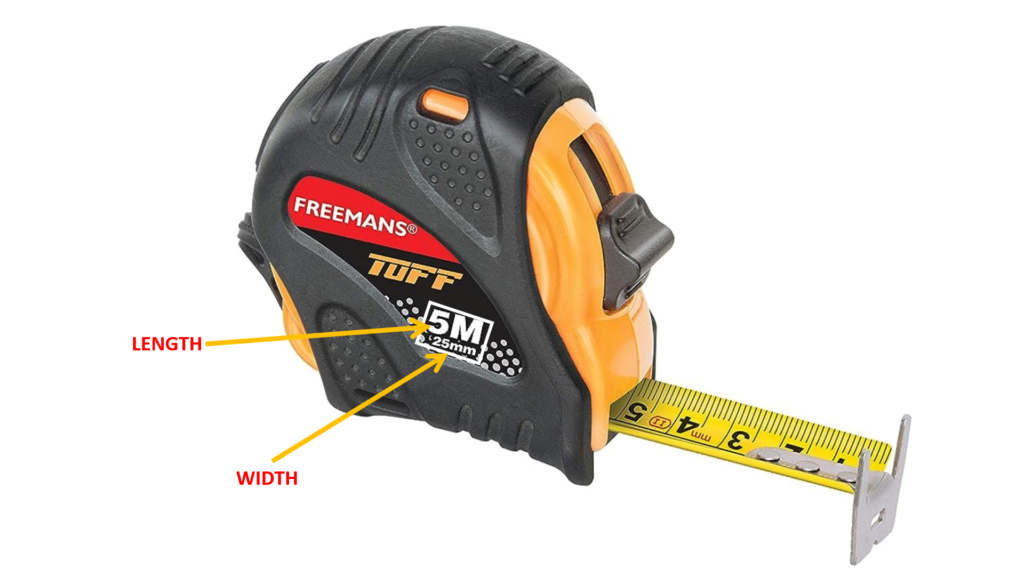
Total Length of the Tape
Before using a measuring tape, take note of its length, typically printed on its label.
- Common sizes include 3m, 5m, 7.5m, and 10m for pocket measuring tapes.
- For example, a Freeman’s 5m tape is an ideal choice for construction or general use.
Importance of Tape Width

The width of the tape affects its stability when measuring:
- A wider tape, like 25mm, offers better durability and makes measurements easier to read.
- It also prevents the tape from bending excessively when extended.
Decoding Tape Markings
Metric and Imperial Scales

- The metric scale (lower half) measures in centimeters and millimeters.
- The imperial scale (upper half) measures in inches, with fractions marked between them.
The Zero Point

Measurements start from the zero point, marked right at the edge of the hook. You might notice that the hook at the end of your tape measure feels slightly loose—This movement is intentional and compensates for the thickness of hook. This design ensures accurate measurements whether you’re pressing the tape against a surface or hooking it onto an edge.


When measuring against a surface, press the tape forward; when measuring from an edge, pull the tape slightly outward. For extra accuracy, you can start measuring from the one-inch mark, a technique known as “burning an inch.” Just remember to subtract one inch from your final reading.
Reading the Imperial System
Whole Inches
On the imperial scale, large numbers represent full inches, while the shorter lines in between are fractional markings.
Fractional Inch Divisions
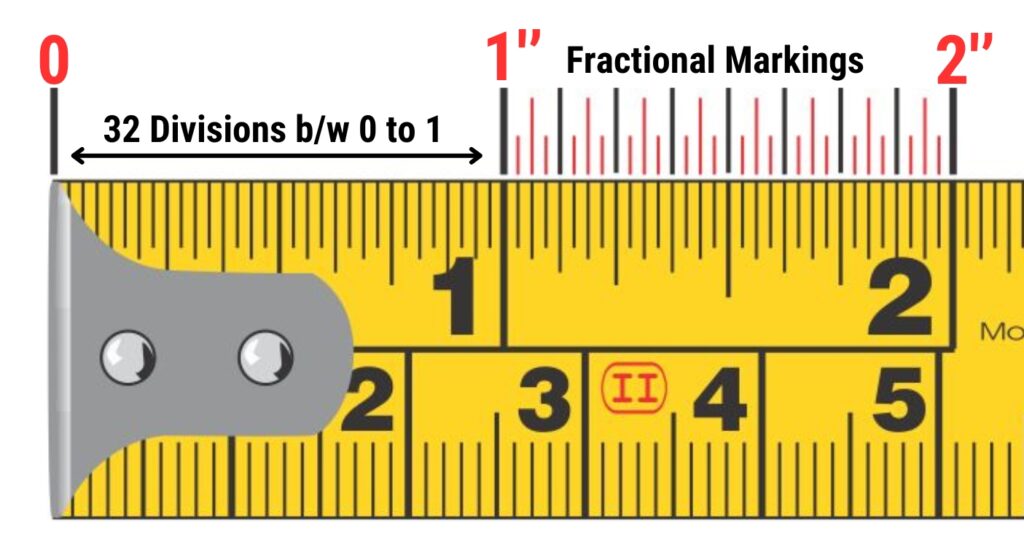
Each inch is divided into smaller increments.
Let’s take a closer look at the first section of the tape measure. The distance between the zero and one-inch marks represents one inch.
Starting from the zero mark, there are 32 divisions in a Freeman scale. We’ll only consider the 16 divisions, as in construction we rarely requires such fine precisions. Each of these 16 smaller marks represents 1/16 of an inch, progressing up to one inch.
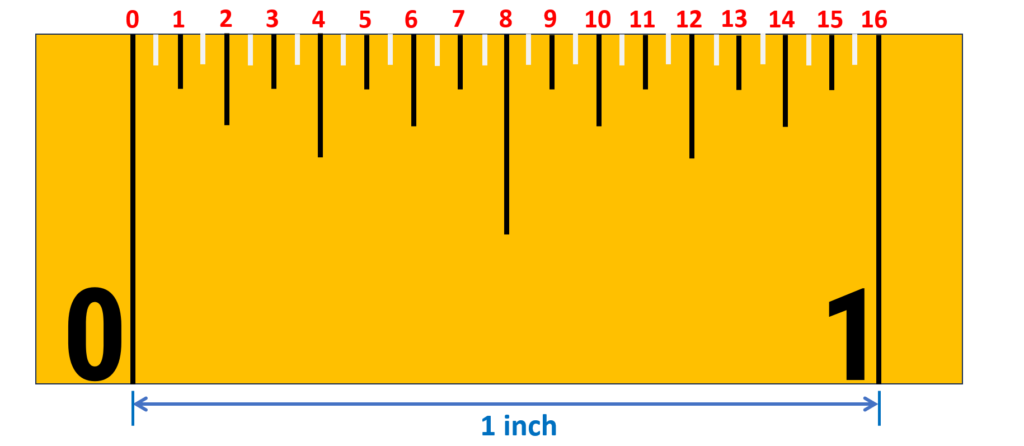
The first line after zero is 1/16 of an inch, the second is 2/16, and so on until 16/16, which equals one inch.
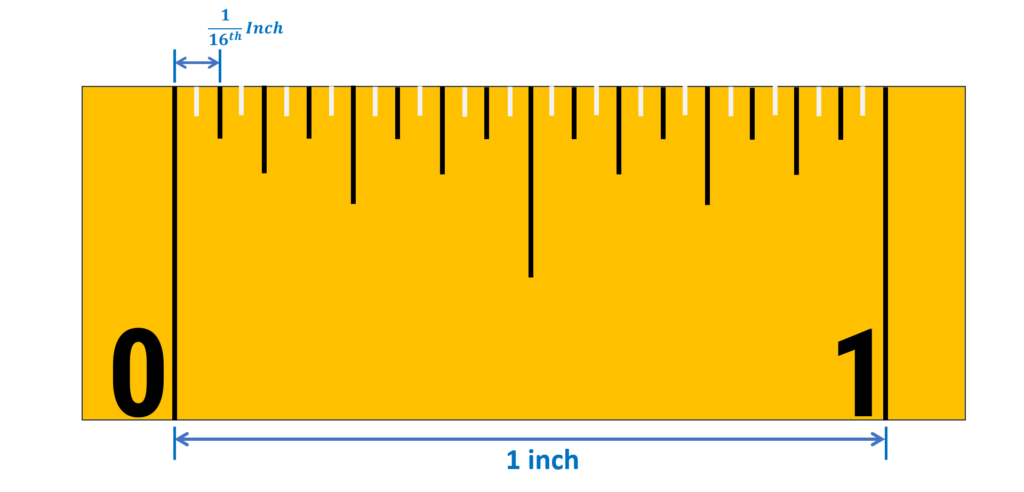
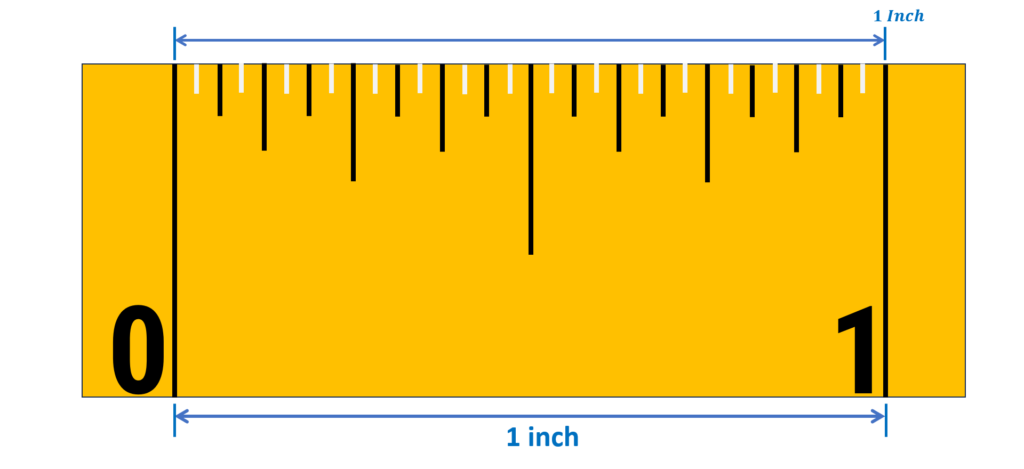
These fractions can be simplified further.
- For instance:
- 2/16 simplifies to 1/8.
- 4/16 simplifies to 2/8. & so on
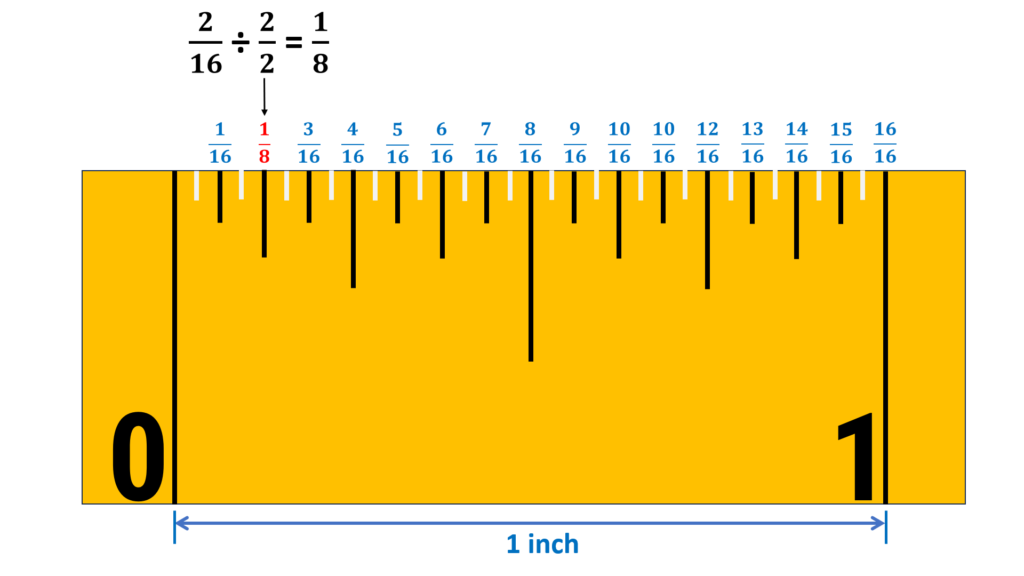
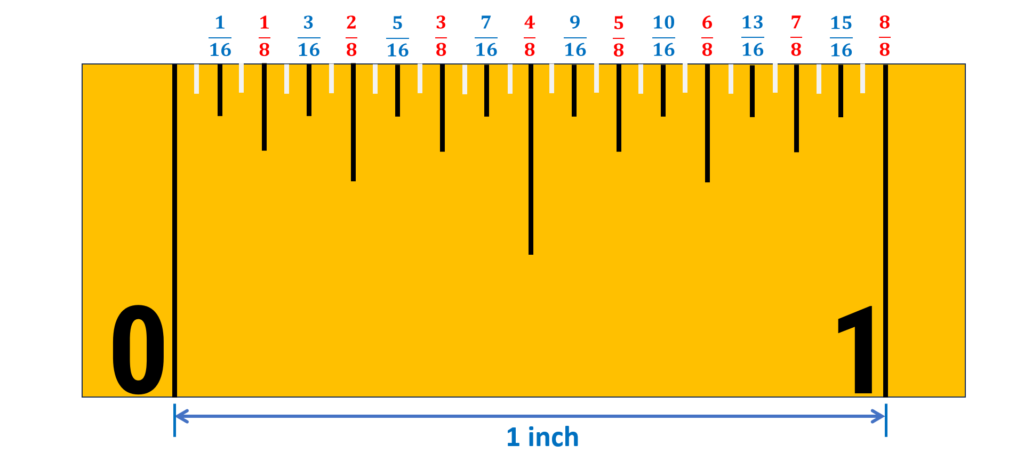
In some regions, such as India, these fractional divisions are referred to as soots, with 1 inch equaling 8 soots.
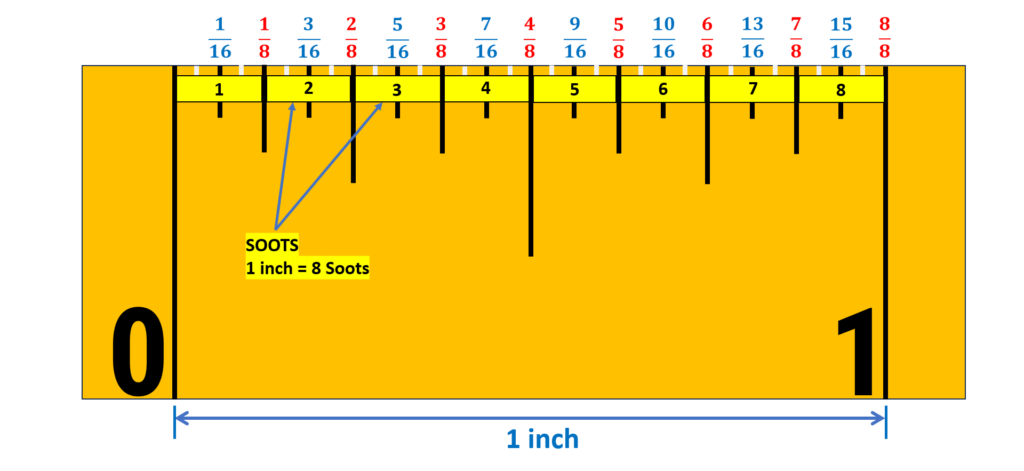
Some fractions can be reduced even further. For instance, dividing both 2 and 8 in 2/8 by 2 simplifies it to 1/4, commonly called a quarter-inch.
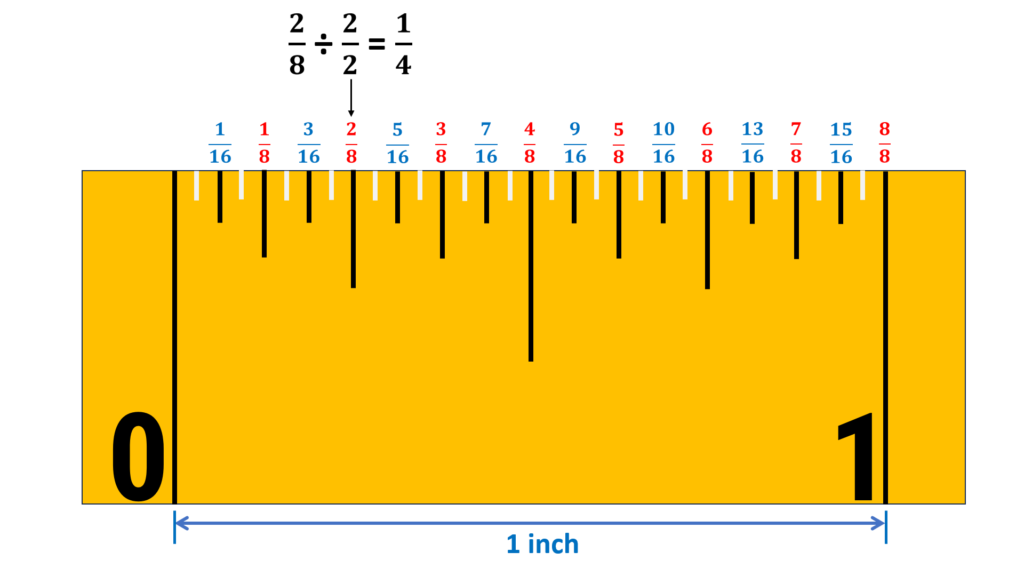
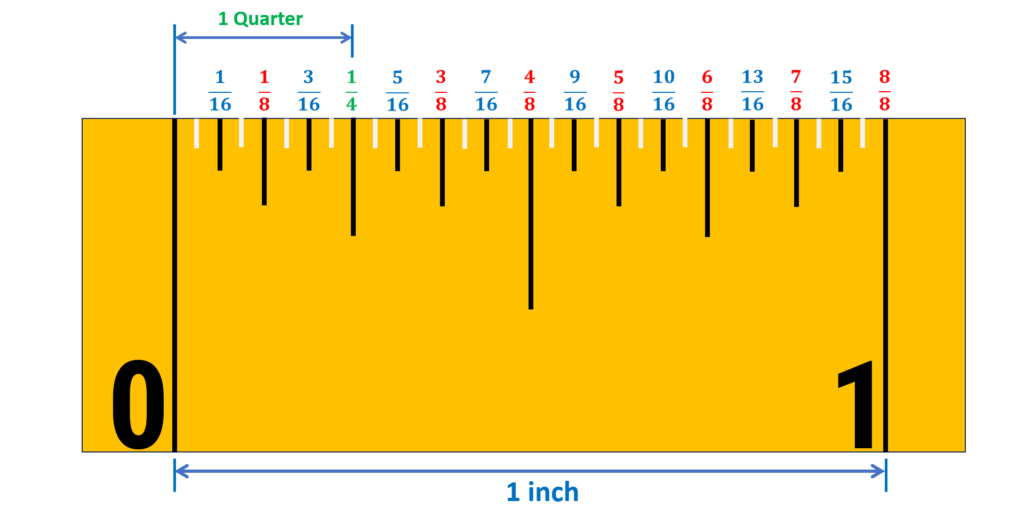
In the same way, 6/8 simplifies to 3/4 (three-quarters of an inch), 4/8 simplifies to 1/2, and 8/8 equals one inch. As these fractions are reduced, additional labeling becomes unnecessary.

Tips for Quick Counting
- The shortest lines represent 1/16-inch increments.
- Slightly longer lines mark 1/8 inches.
- The longest lines indicate full inches.
For example: To find 9/16, count the shortest marks in odd numbers (1, 3, 5, 7, 9).
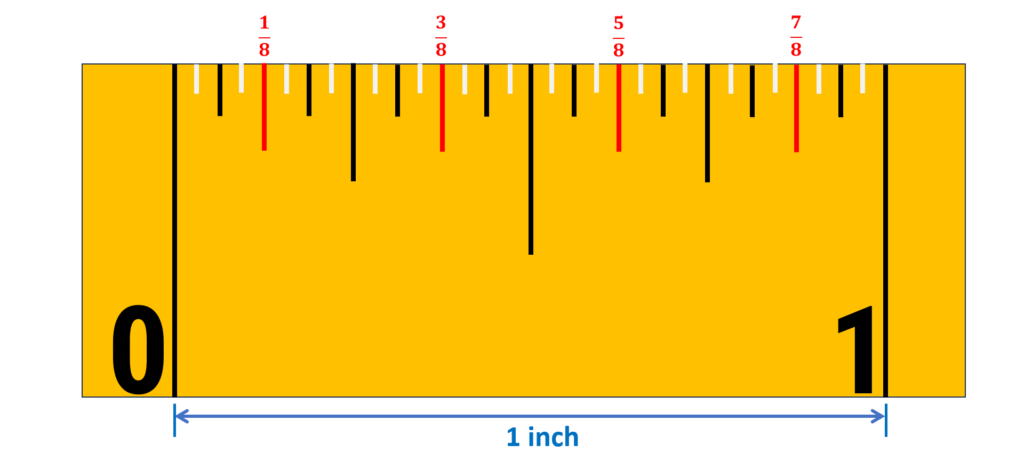



Reading the Metric System

Whole Centimeters
The large numbers on the metric scale represent full centimeters. To measure 10 cm, count 10 large marks.
Millimeter Markings
Each centimeter is divided into 10 millimeters. The smaller marks between the large centimeter divisions represent millimeters, vital for precision in engineering or construction.
Taking and Calculating Measurements
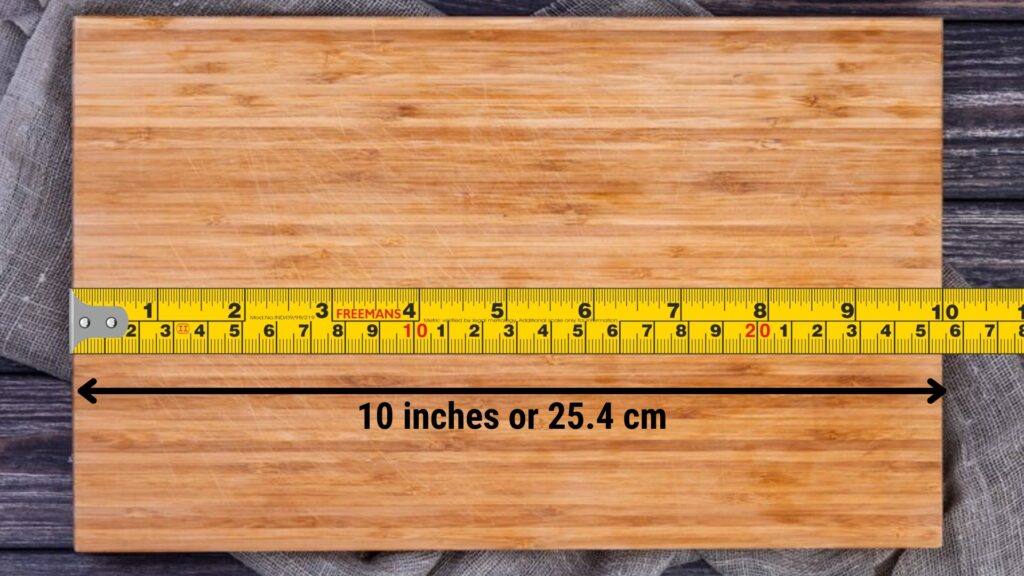
Example of Simple Measurement
- Identify the nearest whole unit (centimeters or inches).
- Add the fractional or millimeter marking for finer precision.
For example, a piece of wood may measure 10 inches or 25.4 centimeters.
Specialty Features of Measuring Tapes
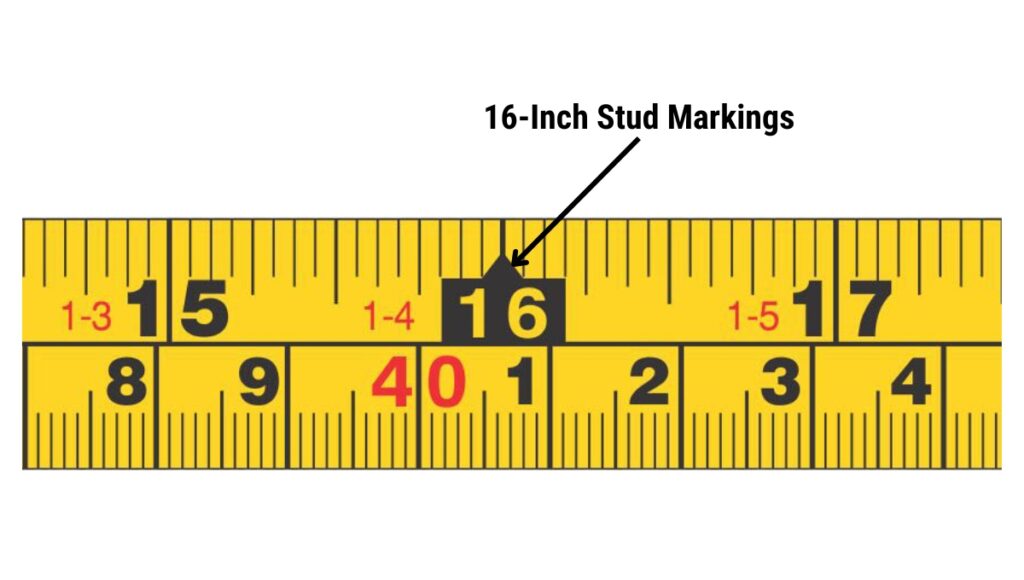
16-Inch Stud Markings
Many measuring tapes, including Freeman’s, feature special 16-inch markings. These are especially useful for stud placement in walls during carpentry or construction projects.
Key Measurement Conversions
Familiarity with basic conversions can be helpful:
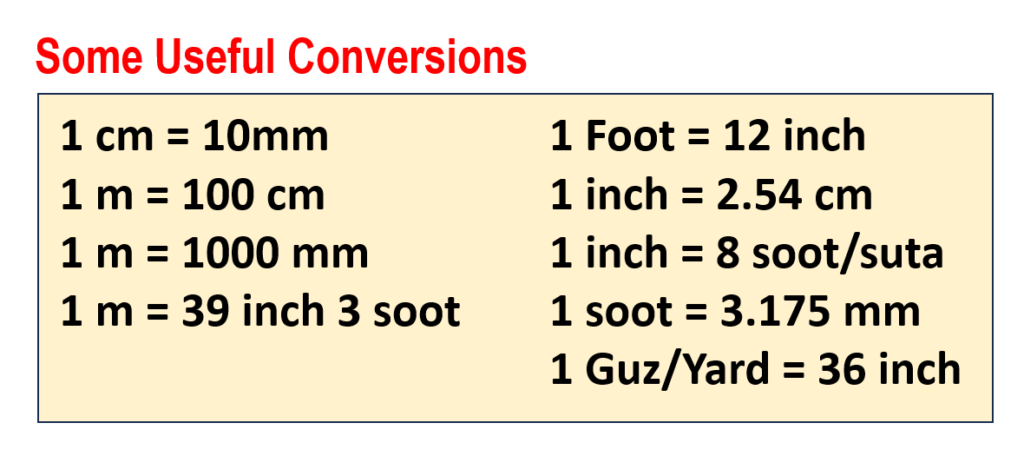
Tips for Better Measurements
- Always hold the tape straight and taut to avoid errors.
- Practice reading fractional and metric divisions to improve speed and accuracy.
Mastering how to read a measuring tape is a valuable skill for anyone working on construction, carpentry, or DIY projects. With these tips, you can confidently achieve precise measurements for projects of any scale.

